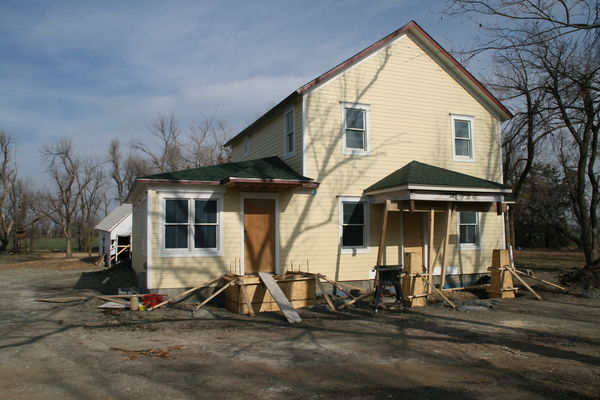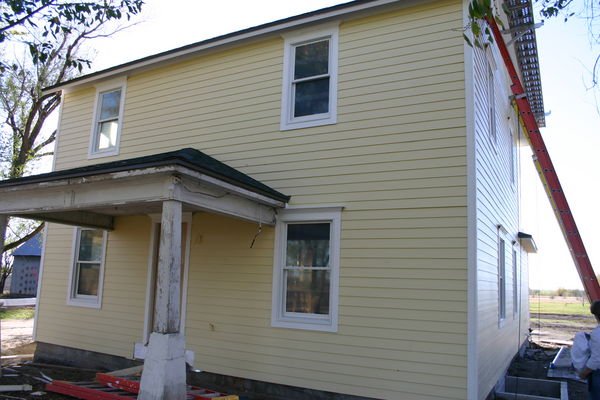Just a few weeks ago, the world heard the news of the tragic school shooting at an Amish school in rural Pennsylvania. A deranged man entered the schoolhouse, bound and gagged female hostages, brought along torture equipment, and shot 10 of them. 5 died, and the remaining 5 are believed to still be hospitalized.
Back in 1990, a deranged man committed a series of murders near the University of Florida campus in Gainesville. The story mentions 5 people that were killed.
Both were tragic situations. Both men killed people that had their whole lives in front of them. Both shook an entire community.
But look at how the communities responded. The Amish responded like this:
CNN reported a grandfather of one of the murdered Amish girls said of the killer on the day of the murder: “We must not think evil of this man.”
Jack Meyer, a member of the Brethren community living near the Amish in Lancaster County, explained: “I don’t think there’s anybody here that wants to do anything but forgive and not only reach out to those who have suffered a loss in that way but to reach out to the family of the man who committed these acts,” he told CNN.
The Amish have reached out to Roberts’ family. Dwight Lefever, a Roberts family spokesman said an Amish neighbor comforted the Roberts family hours after the shooting and extended forgiveness to them.
An article in a Canadian newspaper the National Post stated that the Amish have set up a charitable fund for the family of the shooter. (Wikipedia)
In addition, the Amish invited the Roberts family to attend the funerals for the Amish girls he killed.
Gainesville reacted this way:
Dianna Hoyt, Christa Hoyt’s stepmother, said Rolling’s execution has been eagerly awaited by the victims’ families. Some will be inside the prison to witness it. . .
Sadie Darnell, who was the police department’s media spokeswoman at the time and developed enduring friendships with the victims’ families, said Rolling’s execution still matters, even if it also provides him more of the notoriety he sought.
“Retribution . . . is important because it represents that our society is holding that person accountable,” said Darnell, now a candidate for Alachua County sheriff. (CNN)
We’ve all heard of murders that have taken place lately. Usually they are accompanied by calls by politicians, victim’s family, and sometimes even clergy to kill the perpetrator. In the days after 9/11, there were reports of anybody that looked Middle Eastern being attacked in several different places around the country.
I have never understood this great desire for revenge. How does that help anyone?
What the Amish did was right religiously and morally. They truly followed the New Testament call to love your enemies and forgive. It is not easy to follow all of Jesus’ teachings, and nobody said it would be. But they are doing it, and they have already begun healing. Reports are that the Roberts family has become friends with several of the Amish in the area, and they are working to help each other out after this horrible tragedy.
Even putting religion aside for a moment, the Amish actions are quite simply the right thing to do. By spreading love instead of hate, and friendship instead of revenge, they have succeeded in making sure that no cycle of violence starts there.
In contrast, 16 years later, the families of the victims in Florida still aren’t healing. They are still angry and bitter. They are still seeking revenge. They hope that their lives will get back to normal after the murderer is killed. But after 16 years of stewing about it, will they really? And what about the family of the murderer, whose lives certainly must have been a mess for the past 16 years? They will now lose a family member. Does anyone care about them, or will they now turn angry at society and possibly spread the pain more?
Imagine what would happen if so many more people around the world took the Amish perspective — to forgive those that wronged us. How long must it be before we can forgive? How far back do we spread our hate? Do we still hate those that were involved in 9/11, or can we forgive them? Do we still hate the Germans for what their ancestors did in World War II, or can we forgive them? Do we hate politicians with whom we strongly disagree, or think are liars? Do we still hate all those that have wronged us personally — someone that stole something from us or the sadistic boss?
Knives, electric chairs, and bombs do not buy reconciliation. They can not “win over” the hearts of others. They do not make our lives easier. Hate brings more hate, and more resentment.
Forgiveness is not easy. We all hope that we will never be involved in such a tragedies as these. But let us follow the example the Amish have shown — forgive for all things, big or small, important or not, painful or not.
Only then will we be at peace with ourselves, and only then will we have the chance to be at peace with our neighbors.

